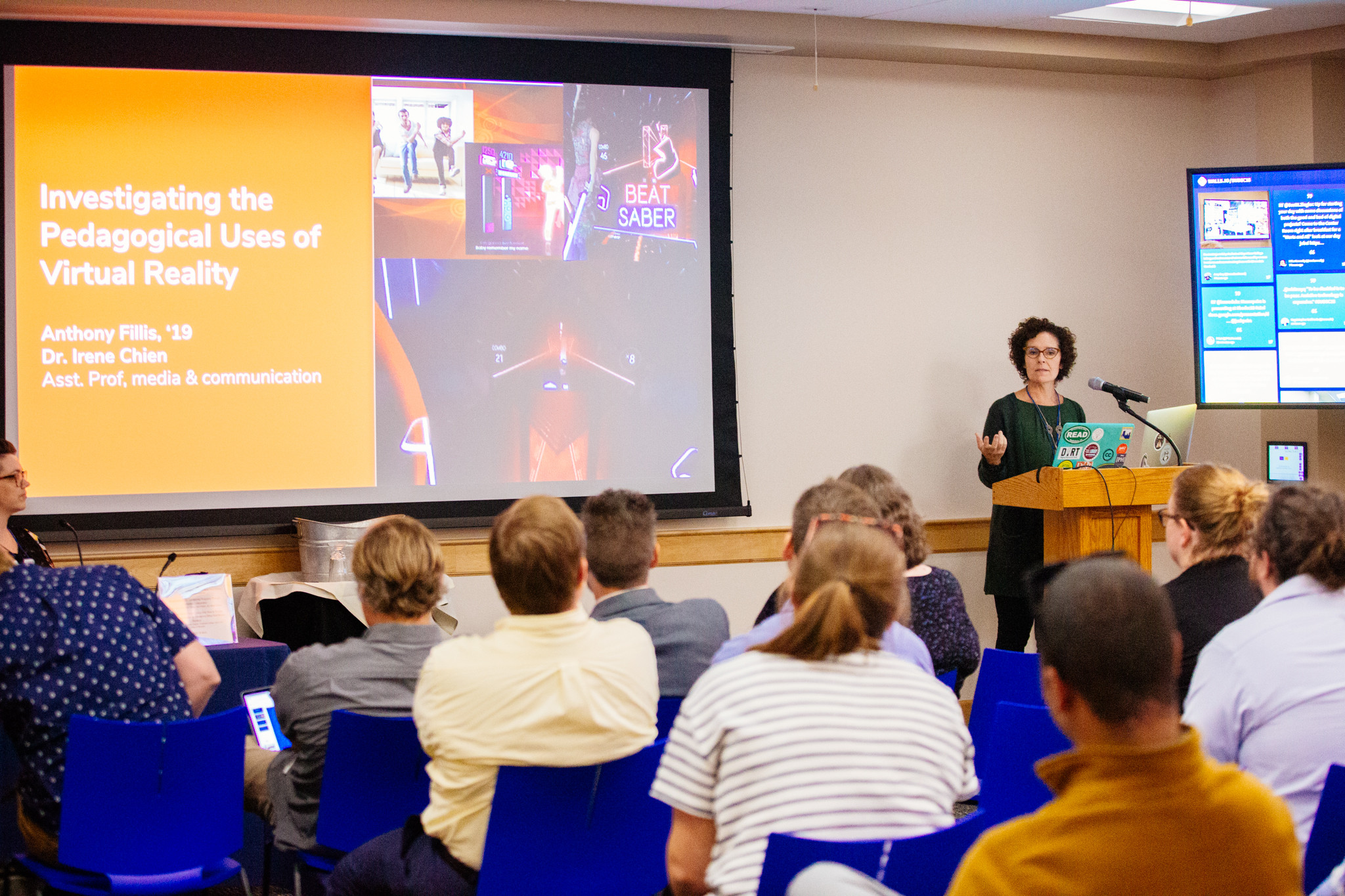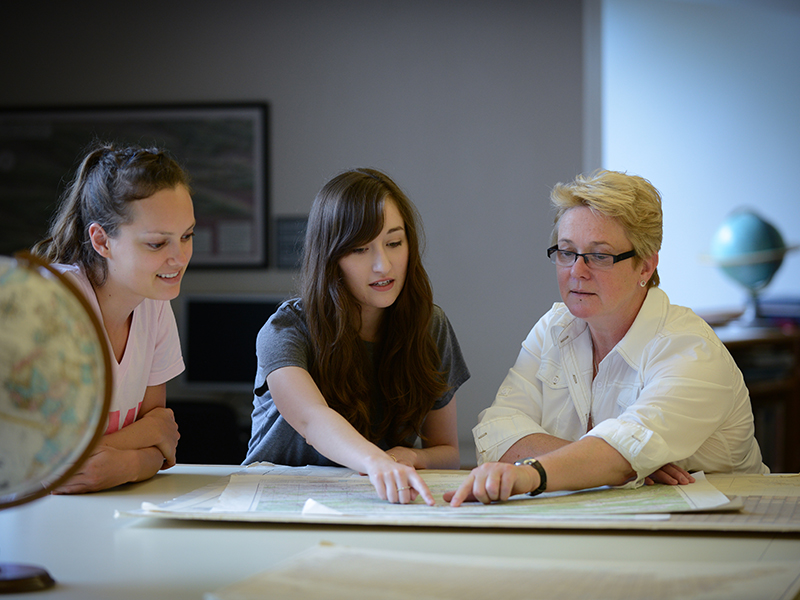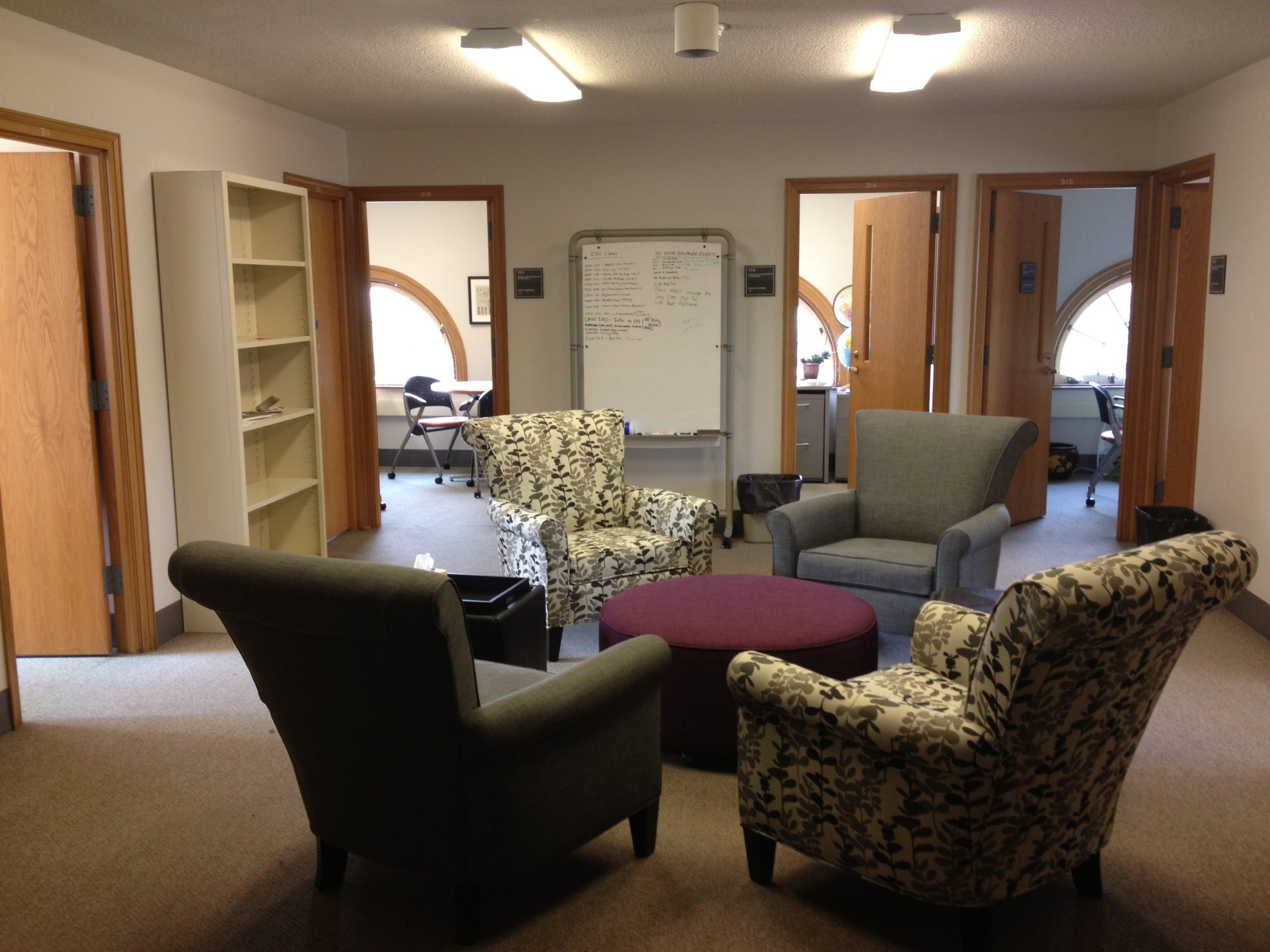History of DP&S at Bucknell



Bucknell has long been interested in using digital technology in its teaching, learning and research efforts. In 1995, its first instructional technology group, ITEC (Instructional Technology Enhancing the Curriculum) was formed by faculty to help meet the growing needs on campus. From 2003-2009 Library & Information Technology (L&IT) operated a digital repository program where it helped faculty, students, and staff create new digital objects; disseminated existing digital content; improved access to the university’s unique resources; and created long-term preservation plans for digital materials.
In 2009 L&IT created the GIS Specialist position with the goal of integrating GIS and spatial thinking in research and teaching across the curriculum. Many colleges and universities have GIS-related positions housed in a single department (typically Geology or Geography), narrowly focused on teaching courses on the use of GIS software and/or providing research assistance to faculty members in their host department. Bucknell chose a different approach: GIS Specialists at Bucknell partner with faculty and students across the university to integrate GIS and spatial thinking into a wide range of teaching and research endeavors. In 2012 Bucknell hosted a GIS and Spatial Thinking in the Undergraduate Curriculum Conference.
Around 2011 senior administrators from L&IT began to investigate ways to increase support for digital humanities on campus. In 2012, Matt Gardzina was hired to lead the Instructional Technology group. Soon after his arrival Param Bedi, VP for L&IT, tasked Gardzina with the charge of building a digital humanities program. A small team of administrators and faculty developed an outline for the program, expanded its focus to digital scholarship, and wrote a successful $700,000 grant to the Andrew W. Mellon Foundation. This grant included four main goals:
- Improve the skills and knowledge of faculty members interested in using digital technologies in the classroom and in their research;
- Encourage digital pedagogy and create more opportunities for student-faculty research and independent undergraduate research using digital technologies;
- Create and offer courses that teach undergraduates about specific technologies in a liberal arts context; and
- Share knowledge, expertise, and resources for the improvement of digital scholarship across institutions dedicated to undergraduate education.
Significant funds in the grant were earmarked for faculty development efforts. Additionally, the grant paid for a three-year postdoctoral fellow position. The postdoctoral fellow position was designed to provide teaching, research, and technical expertise in the emerging area of the digital humanities. In addition, the position was also intended to help expand the initiative’s focus beyond GIS and spatial thinking to include subjects such as digital media, video, social media, gaming, and other areas relevant to digital pedagogy and faculty research interests.
While the Mellon Foundation provides funding explicitly for the humanities and humanistic social sciences, L&IT has supported digital scholarship across all disciplines, providing funding from its own budget to support digital scholarship efforts in the natural sciences, mathematics, management, and engineering. This approach encourages truly interdisciplinary digital scholarship, enabling faculty as well as students across Bucknell to take advantage of the opportunities provided by digital technologies.
Many have asked why an educational technology department took the lead in operating a digital scholarship program, a role which at many institutions is occupied by librarians. Bucknell’s digital scholarship initiative in many ways grew out of the work done in our GIS and Instructional Technology program, and adopted approaches and methods implemented in this area – namely, forming a collegial working partnership with faculty. Additionally, the ITEC group had a history of working with faculty to create customized websites. Examples of these include the Bucknell Arboretum, Mammal Species of the World (2005), and the development of a custom image repository platform. Today our program is designed for a matrixed staffing environment and calls upon the involvement and cooperation of our library, system engineering, and web development colleagues.